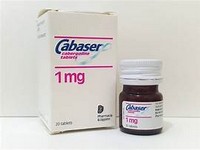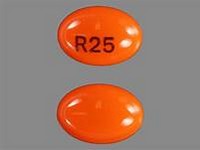vecuronium bromide

CLINICAL USE
Non-depolarising muscle relaxantDOSE IN NORMAL RENAL FUNCTION
Intubation: 80–100 micrograms/kg, with maintenance of 20–30 micrograms/kgIV infusion
: 40–100 micrograms/kg bolus, followed by 48–84 micrograms/kg/hourPHARMACOKINETICS
DOSE IN RENAL IMPAIRMENT
GFR (mL/MIN)
DOSE IN PATIENTS UNDERGOING RENAL REPLACEMENT THERAPIES
IMPORTANT DRUG INTERACTIONS
Potentially hazardous interactions with other drugsADMINISTRATION
Reconstition
5 mL water for injection to reconstitute 10 mg vial; up to 10 mL sodium chloride 0.9% or glucose 5% may be usedRoute
IVRate of Administration
See doseComments
May be added to sodium chloride 0.9%, glucose 5% or Ringer’s solution to give a final concentration of 40 mg/LOTHER INFORMATION
Vecuronium is largely excreted via the liver. Use normal doses with caution in renal failure as has active metabolites which may accumulate Vecuronium bromide .
See how to identify renal failure stages according to GFR calculation
See how to diagnose irreversible renal disease
Home








